People with diabetes have more than a few hassles, particularly at meals. They not only have to measure their blood glucose levels and inject the right amount of insulin, but carry all the relevant equipment with them. MIT and Brigham and Women's Hospital researchers might soon eliminate many of the headaches, though. They're developing all-in-one devices (not pictured) that measure glucose, calculate the necessary insulin dose and inject you accordingly.
The first device includes the blood-drawing lancet, glucose test strips and an insulin needle. Users would first take a photo of their meal using a smartphone app to estimate the food volume and carbohydrate levels. After that, they'd start the automated process of collecting blood, calculating glucose (again through the app) and delivering the appropriate amount of insulin.
The second gadget would only need one needle jab — it would build the glucose sensor into the insulin needle and inject the appropriate amount of insulin. You'd have to wait five to ten seconds, but you wouldn't have to stick yourself twice.
The technology is still some ways off. While the first device would use parts that were already FDA-approved, it hasn't been tested in humans. The second, meanwhile, uses a new sensor type that will likely require more work to be testable with humans. Scientists have filed patents for both devices and are hoping to work with companies on further development.
There's a strong motivation to bring these devices to market, at least. People with diabetes would only need to use one device at meals, and with the hybrid sensor/needle might suffer less pain. That, in turn, could encourage consistent treatment that improves your overall wellbeing.
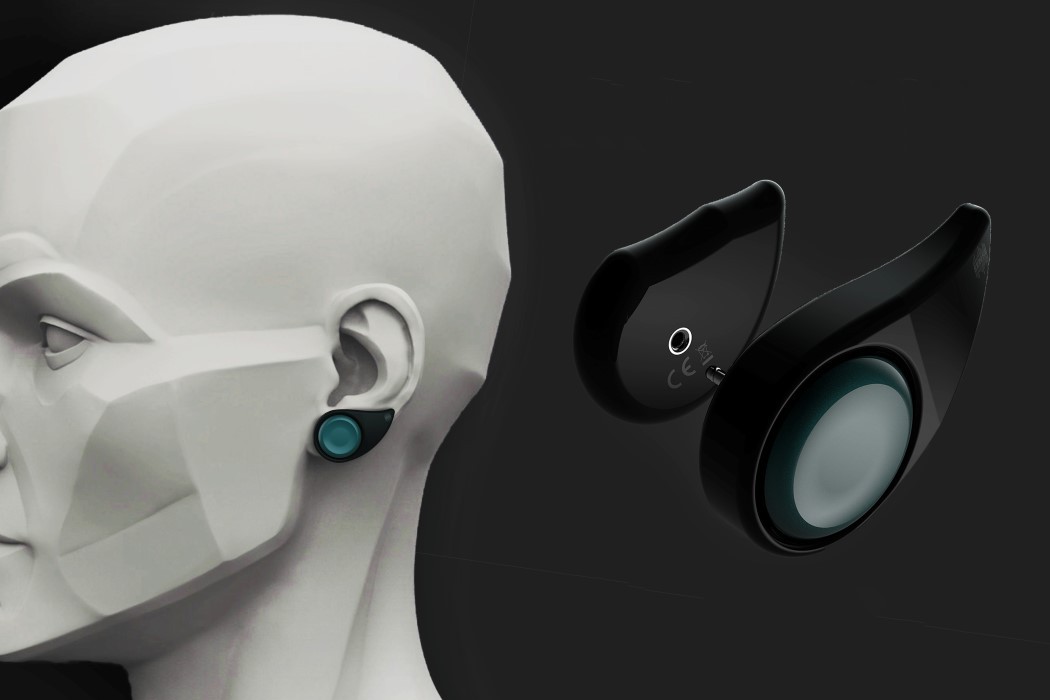
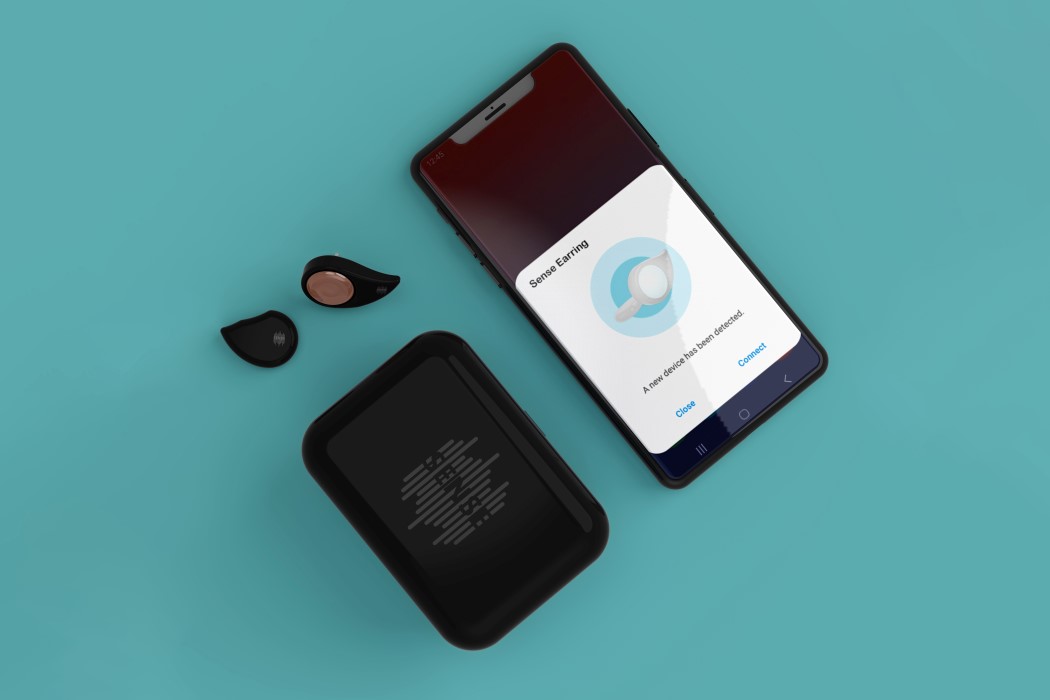
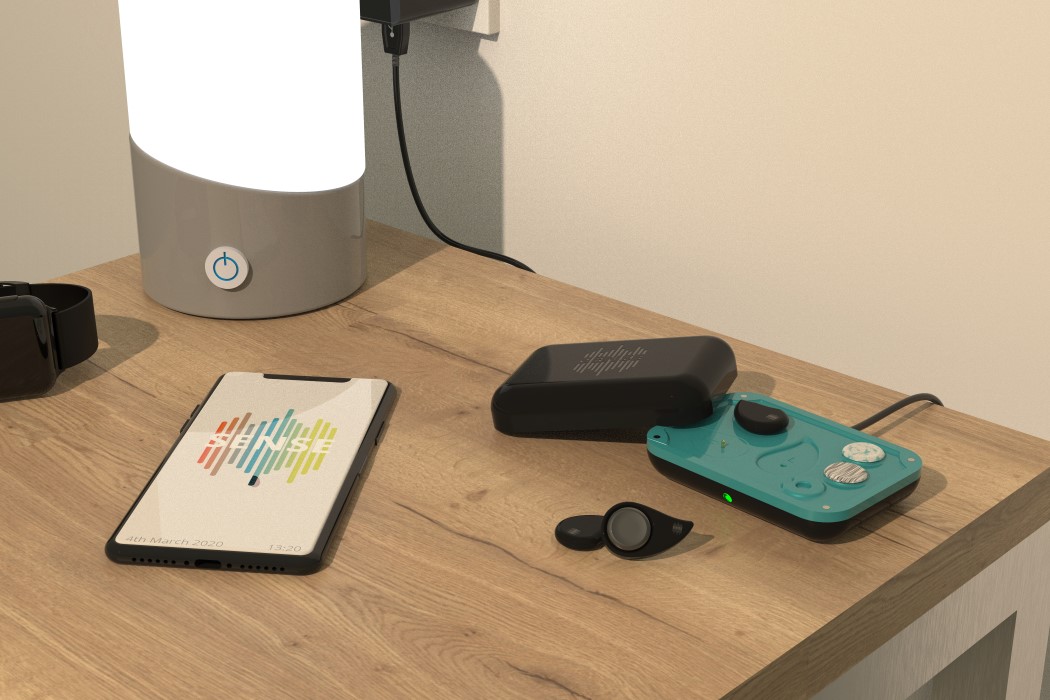
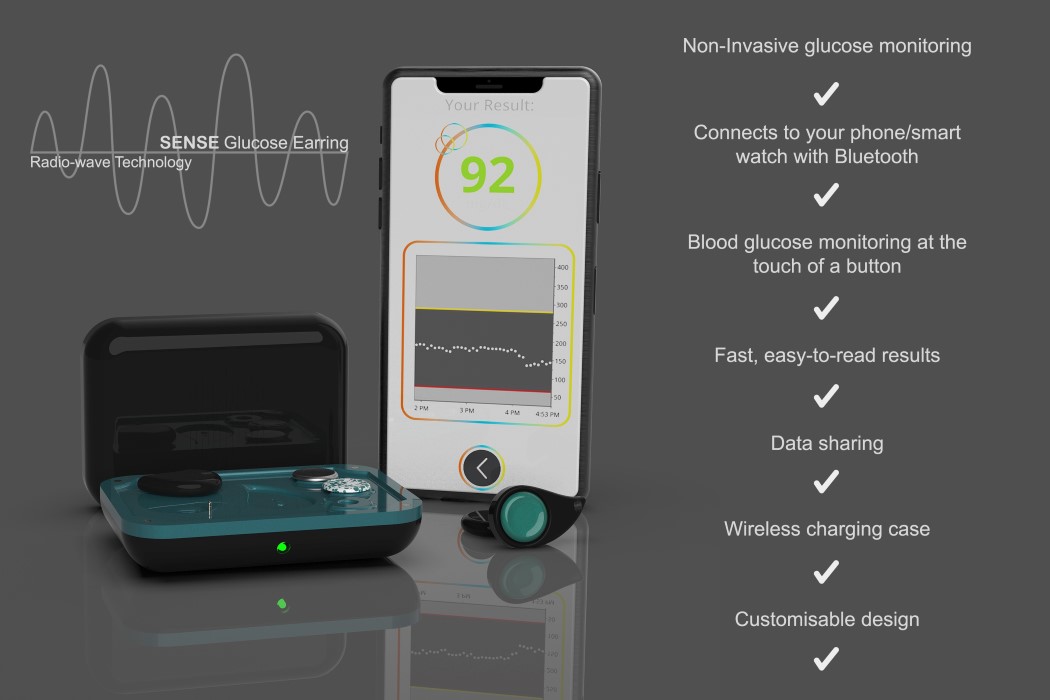
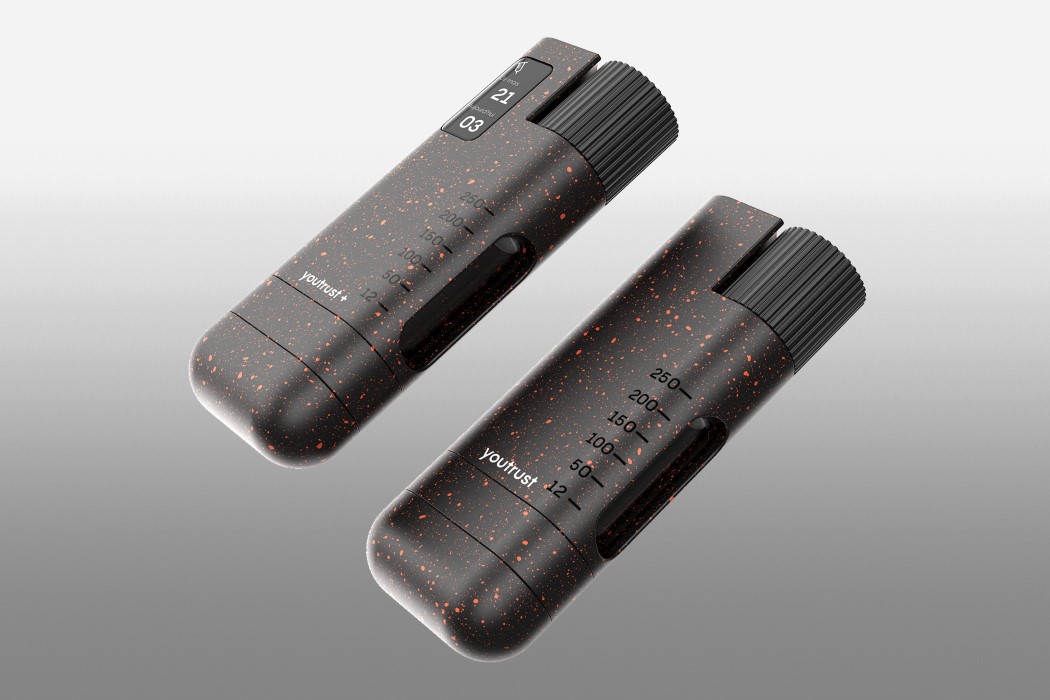
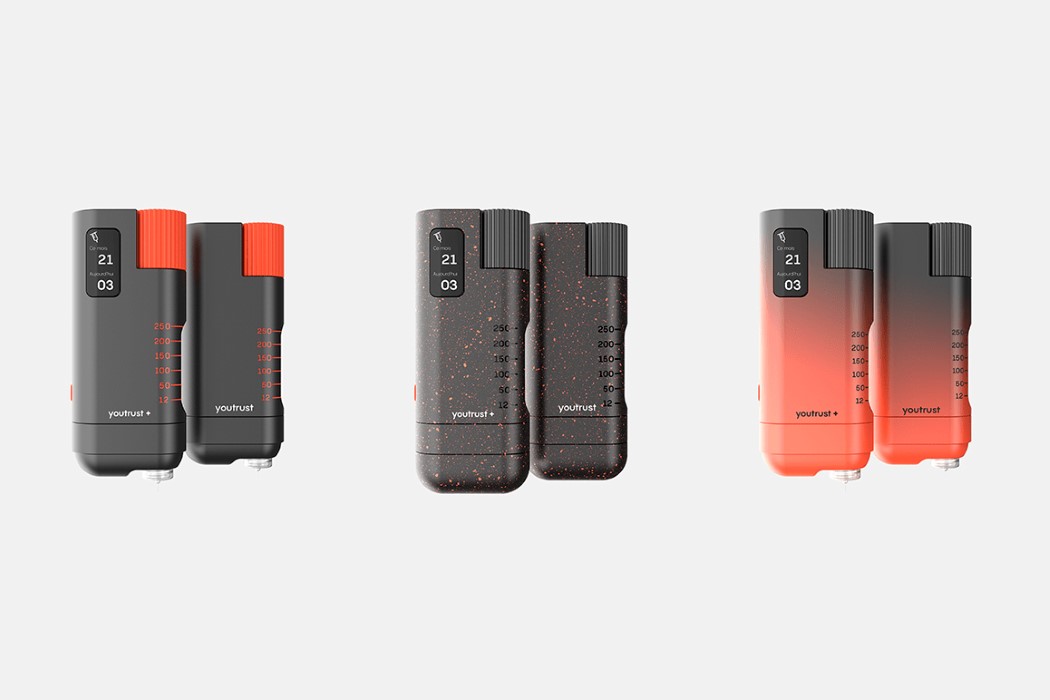
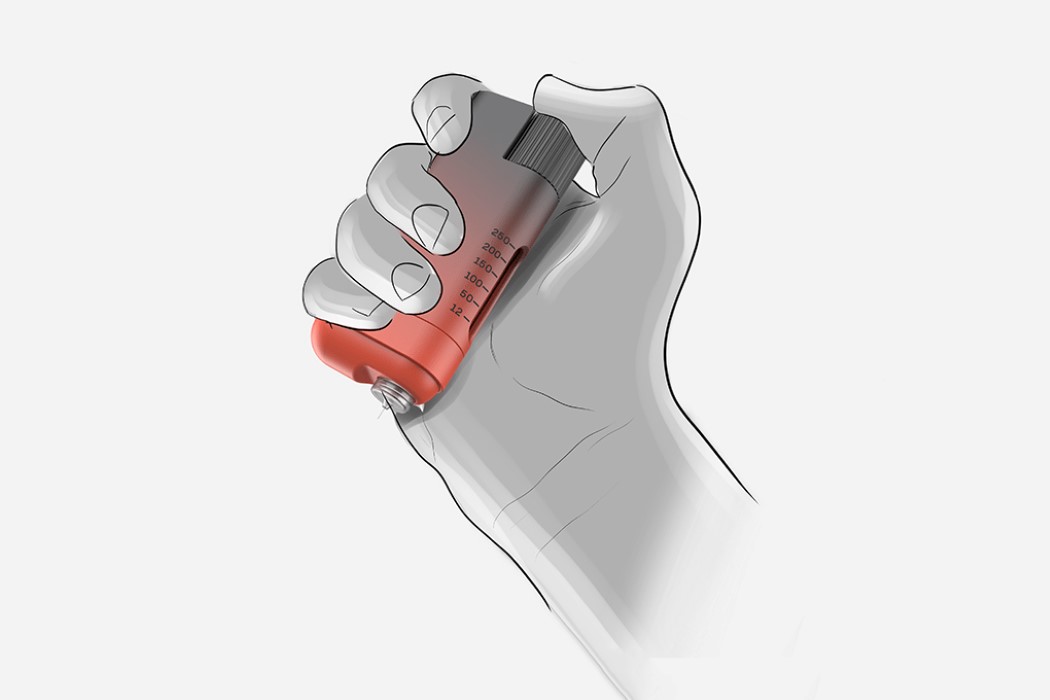
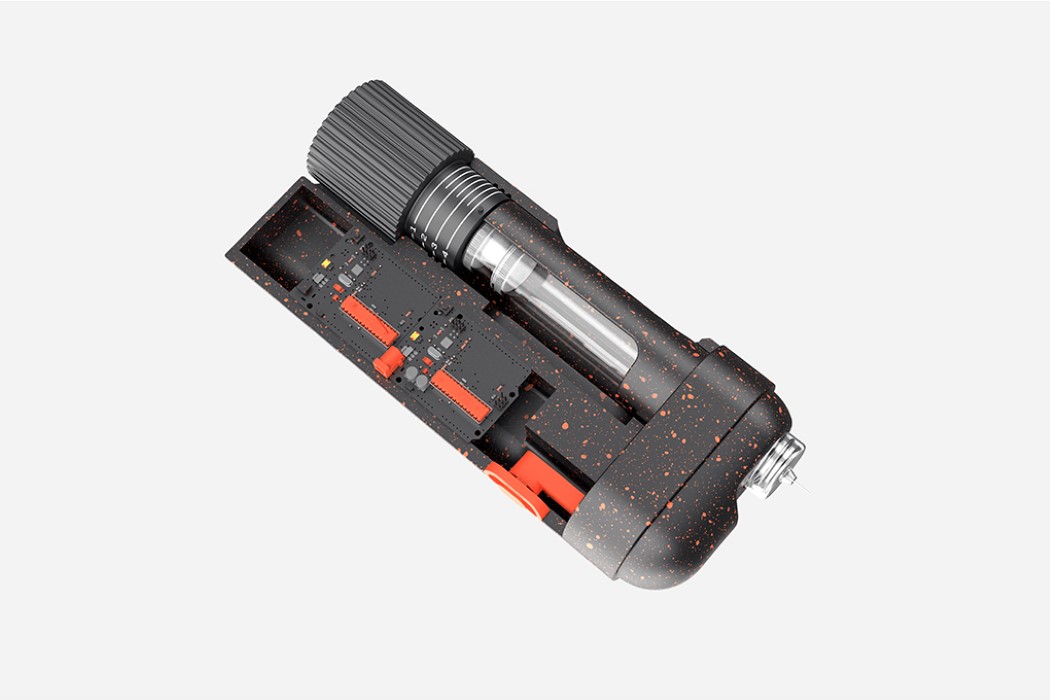
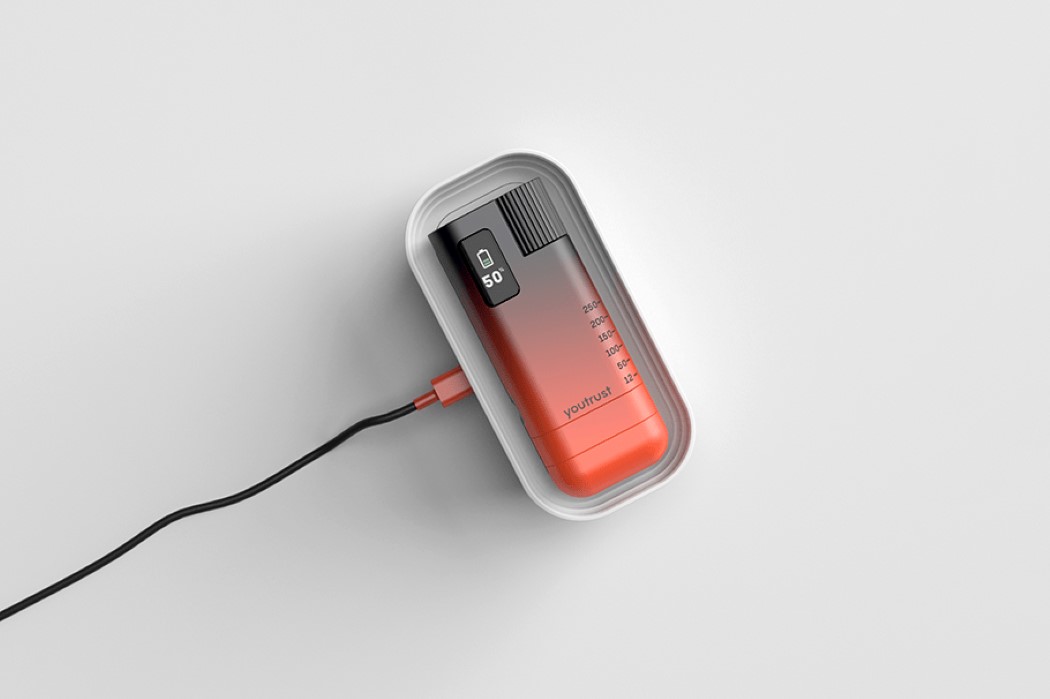
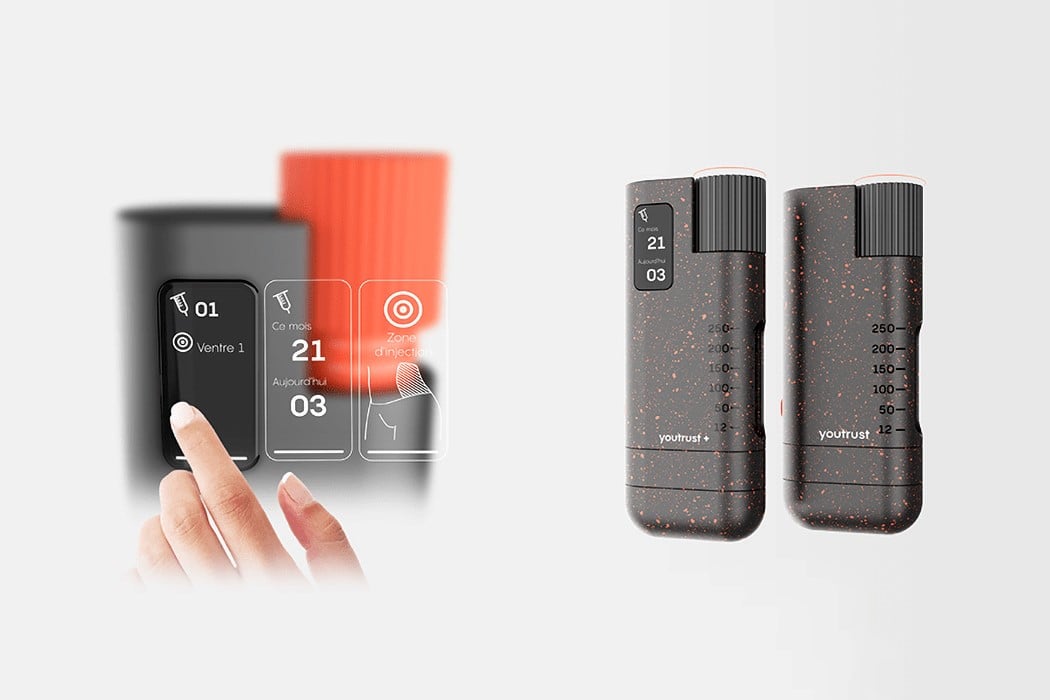
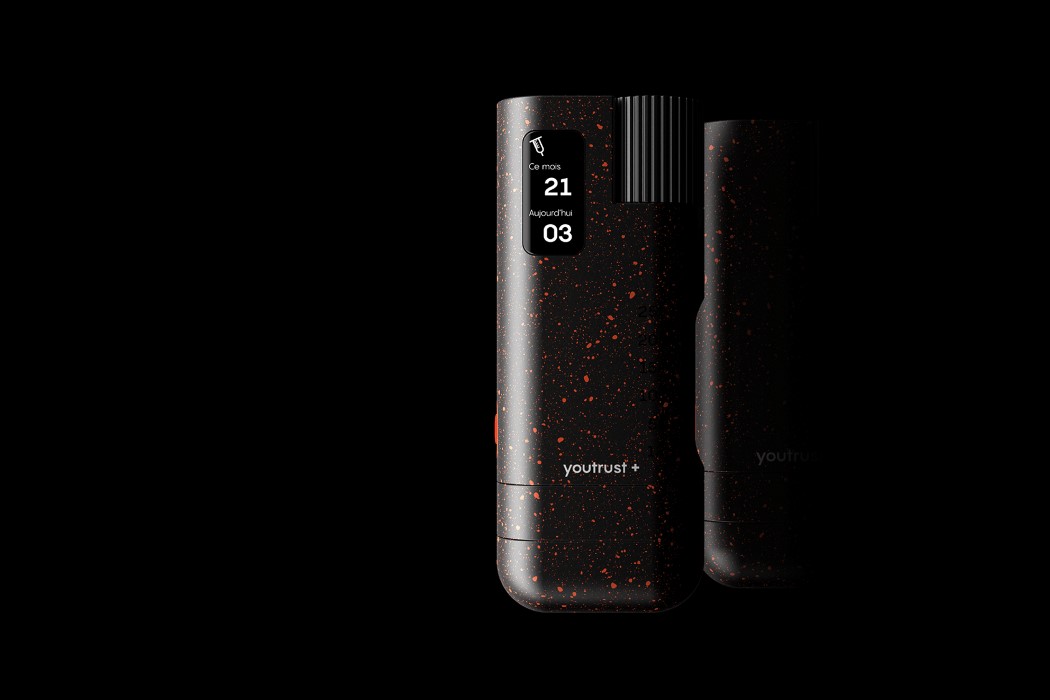
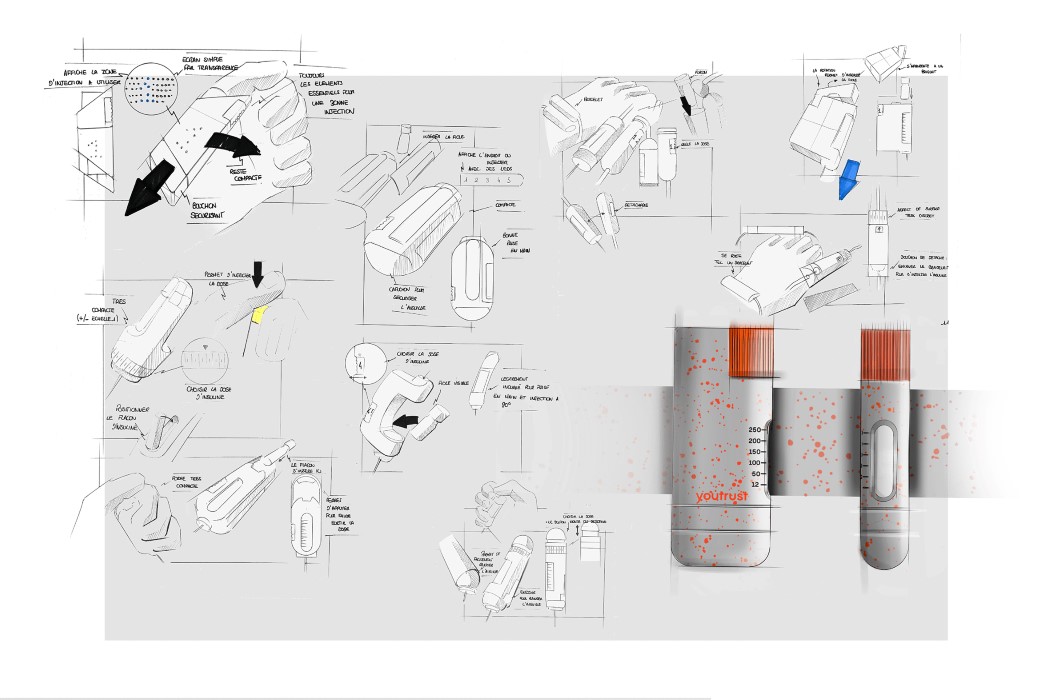
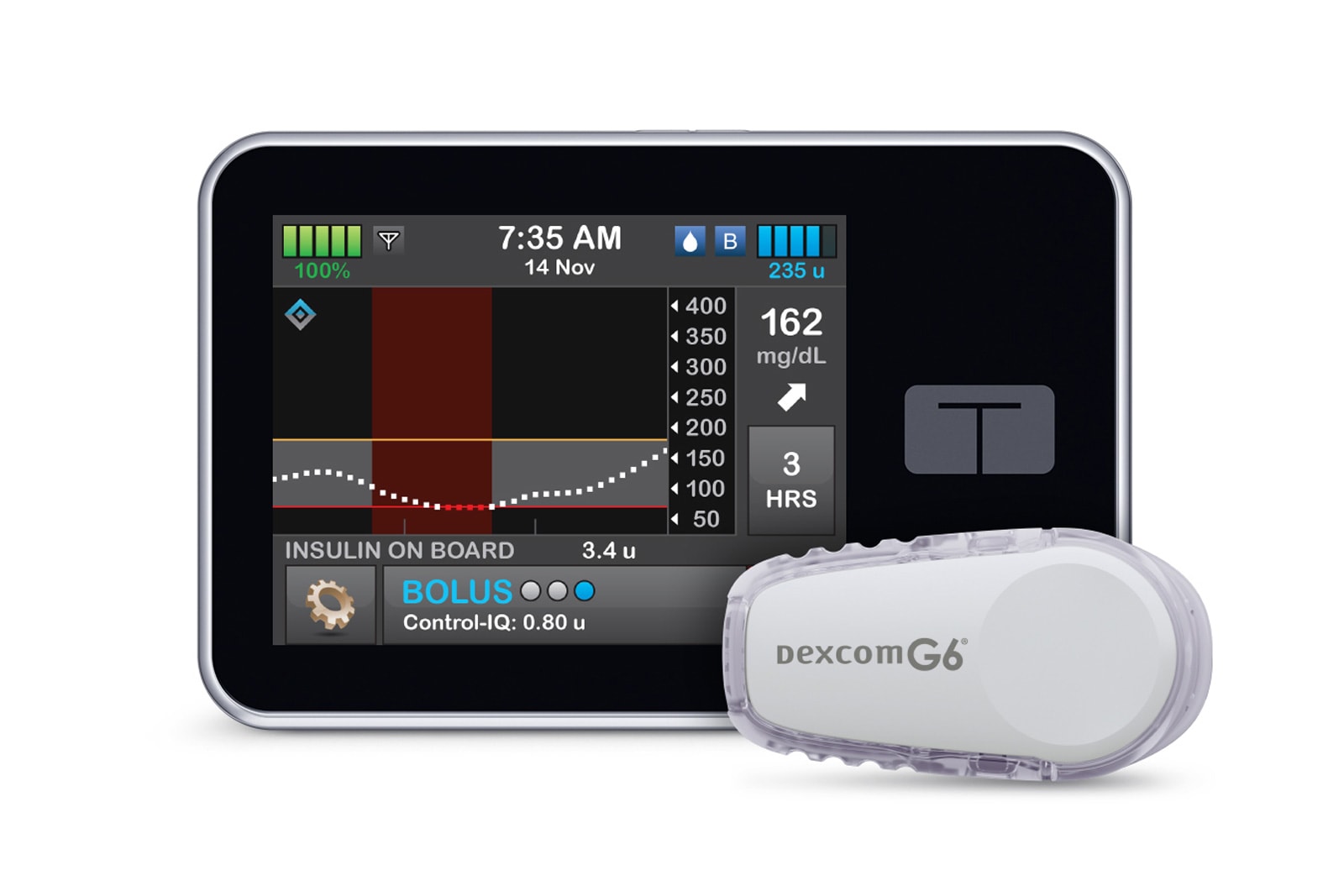 It might soon be decidedly easier for Americans to manage diabetes -- the FDA has approved the sale of an interoperable, automated insulin pump for the first time. Tandem Diabetes Care's updated t:slim X2 can pair with a Dexcom G6 glucose monitor to...
It might soon be decidedly easier for Americans to manage diabetes -- the FDA has approved the sale of an interoperable, automated insulin pump for the first time. Tandem Diabetes Care's updated t:slim X2 can pair with a Dexcom G6 glucose monitor to...
 A new blood test could use a single plasma sample to assess health and predict the likelihood of developing a range of diseases. Thanks to Theranos, this may sound familiar, but unlike that debacle, this proof-of-concept is backed by research publish...
A new blood test could use a single plasma sample to assess health and predict the likelihood of developing a range of diseases. Thanks to Theranos, this may sound familiar, but unlike that debacle, this proof-of-concept is backed by research publish...














